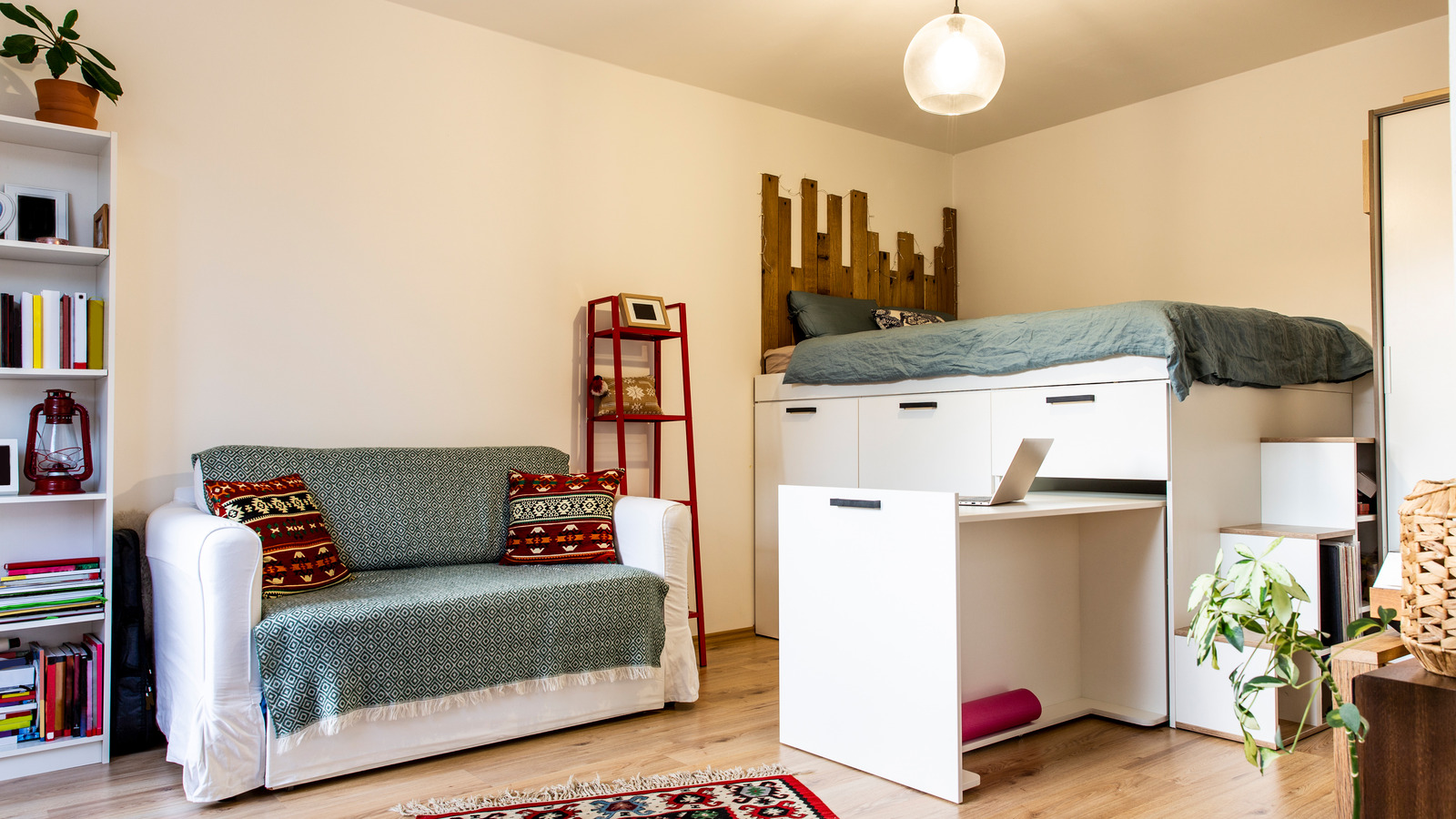

Designing for Small Spaces: Tiny Living Room Furniture
In today’s world, many people are embracing the idea of living in smaller spaces. Whether it’s due to financial constraints, environmental concerns, or simply a desire for a more minimalist lifestyle, the trend towards tiny living is undeniable. However, one of the biggest challenges that comes with living in a small space is designing it in a way that maximizes both style and functionality, especially when it comes to the living room – the heart of the home. But fear not! With the right approach and some clever furniture choices, designing a tiny living room can be both enjoyable and rewarding.
Maximizing Space with Multi-Functional Furniture
When it comes to tiny living room design, every square inch counts. That’s why multi-functional furniture is a must-have. Opt for pieces that serve more than one purpose, such as a sofa bed or a coffee table with built-in storage. These dual-purpose items not only save space but also add versatility to your living area, allowing you to easily adapt to different needs and activities throughout the day.
Choosing the Right Scale
In a small living room, it’s crucial to choose furniture that is appropriately scaled to the space. Oversized pieces can quickly overwhelm the room and make it feel cramped, while undersized furniture can look out of place and diminish the functionality of the space. Look for compact sofas, armchairs, and tables that are proportionate to the room’s dimensions. This will help maintain a sense of balance and harmony, creating a more visually pleasing environment.
Embracing Minimalism
When it comes to tiny living room furniture, less is often more. Embrace the principles of minimalism by opting for sleek and streamlined pieces that have clean lines and simple designs. Avoid cluttering the space with unnecessary furniture or decorative accessories, and instead focus on a few key items that serve both a practical and aesthetic purpose. Not only will this help create a more open and airy atmosphere, but it will also make the room feel larger and more spacious.
Creating Zones
In a small living room, it’s important to define different areas for various activities, such as lounging, dining, and entertaining. Create distinct zones within the space by arranging furniture strategically and using rugs, lighting, and other decorative elements to delineate boundaries. This not only helps maximize the functionality of the room but also adds visual interest and depth to the overall design.
Optimizing Vertical Space
When floor space is limited, don’t forget to look up! Vertical space offers valuable real estate for storage and display, so make the most of it by incorporating tall bookcases, wall-mounted shelves, or floating cabinets. These vertical storage solutions not only free up floor space but also draw the eye upward, making the room feel taller and more expansive. Plus, they provide ample opportunities to showcase your personal style and interests through curated displays of books, artwork, and decorative objects.
Adding Light and Airiness
In a small living room, natural light is your best friend. Maximize the amount of natural light in the space by keeping window treatments to a minimum and opting for sheer curtains or blinds that allow sunlight to filter through. Additionally, strategically placing mirrors opposite windows can help reflect light and create the illusion of a larger, brighter room. To enhance the sense of airiness, choose light, neutral colors for walls, furniture, and accessories, and incorporate plenty of reflective surfaces, such as glass or metal.
Personalizing the Space
Last but not least, don’t forget to inject your personality into the design! While it’s important to prioritize functionality and space-saving solutions in a tiny living room, that doesn’t mean you have to sacrifice style or individuality. Personalize the space with unique furniture pieces, textiles, artwork, and décor that reflect your taste and lifestyle. Whether it’s a bold accent chair, a vibrant area rug, or a gallery wall of family photos, infusing the room with elements that bring you joy will make it feel truly like home.
In conclusion, designing a tiny living room may present its challenges, but with the right approach and a bit of creativity, it’s entirely possible to create a stylish and functional space that meets your needs and reflects your personality. By maximizing space with multi-functional furniture, choosing appropriately scaled pieces, embracing minimalism, creating distinct zones, optimizing vertical space, enhancing light and airiness, and adding personal touches, you can transform even the smallest of living rooms into a cozy and inviting retreat. Read more about tiny living furniture
